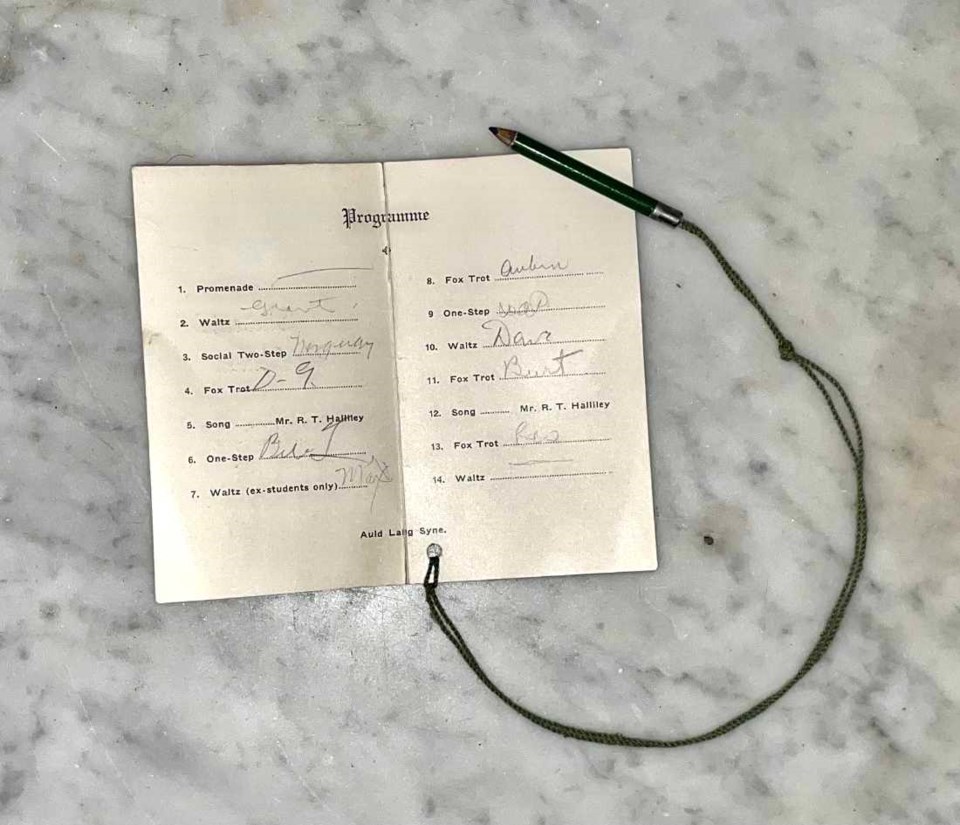Imagine you were attending a very busy occasion with many people in attendance. A huge number of people may want to dance with you, but you don’t have the time to dance with everyone or remember everyone who asked you to dance - that's where the dance card came in.
Dance cards originated in Vienna and were very common for hundreds of years. They were introduced to the rest of Europe around 1830. Around this time, dances also shifted from longer dances to shorter dances, meaning there would be more dances involved in the night. With many dances and many partners to remember, ladies would often write down the name of their partners on the back of their fans or in small notebooks. Ball organizers would later have dance cards prepared for them to use.
Each woman would receive a card and when a man asks her to dance, they would write the names of their dance partners on the card and the agreed-upon dance. This prevented double booking dances as well as spending the end of every dance trying to figure out who to dance with next. This was also a little souvenir to remind the lady of her night.
The style of the cards depended on what kinds of dance you were going to. Some cards may have had the lineup of the dances, so the ladies would know what kind of dance they would be doing with the man. Other cards would just have slots for jotting down names of the men. The shape of the car may have differed too. The card could be in the shape of a fan, or a musical instrument. The card could also have been just a simple, plain old card. No matter what design, there was likely a small pencil attached to the card by a ribbon.
Some ladies that attended the ball may have been in high demand. They would often turn away men that pursue by saying “my dance card is full.” This was a way that they would gently turn down men with the implication that they would still happily dance with them if they could.
Once dance cards went out of style the saying “my dance card is full” lingered but was changed to the alternative of “I would if I could, but I can’t.”
To see our dance cards or any other types of artifacts, pay us a visit, the museum is now open to the public for tours. If you have any questions feel free to email us at [email protected] or phone us at (204) 748-1659.
Submitted by Madisen Naughton, Assistant Curator




